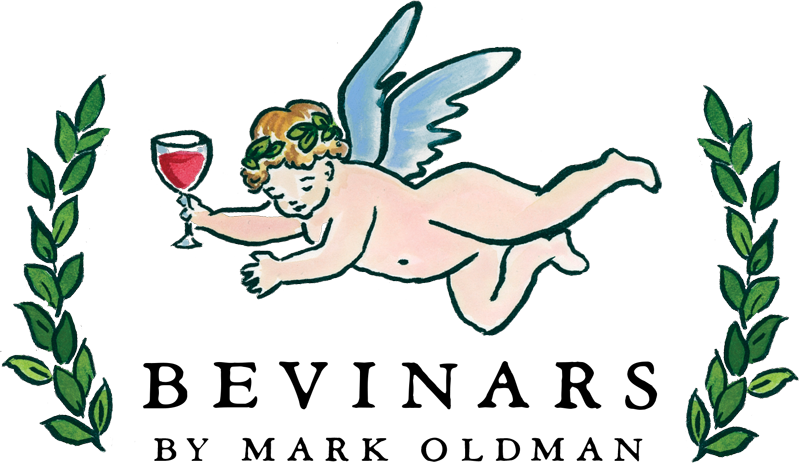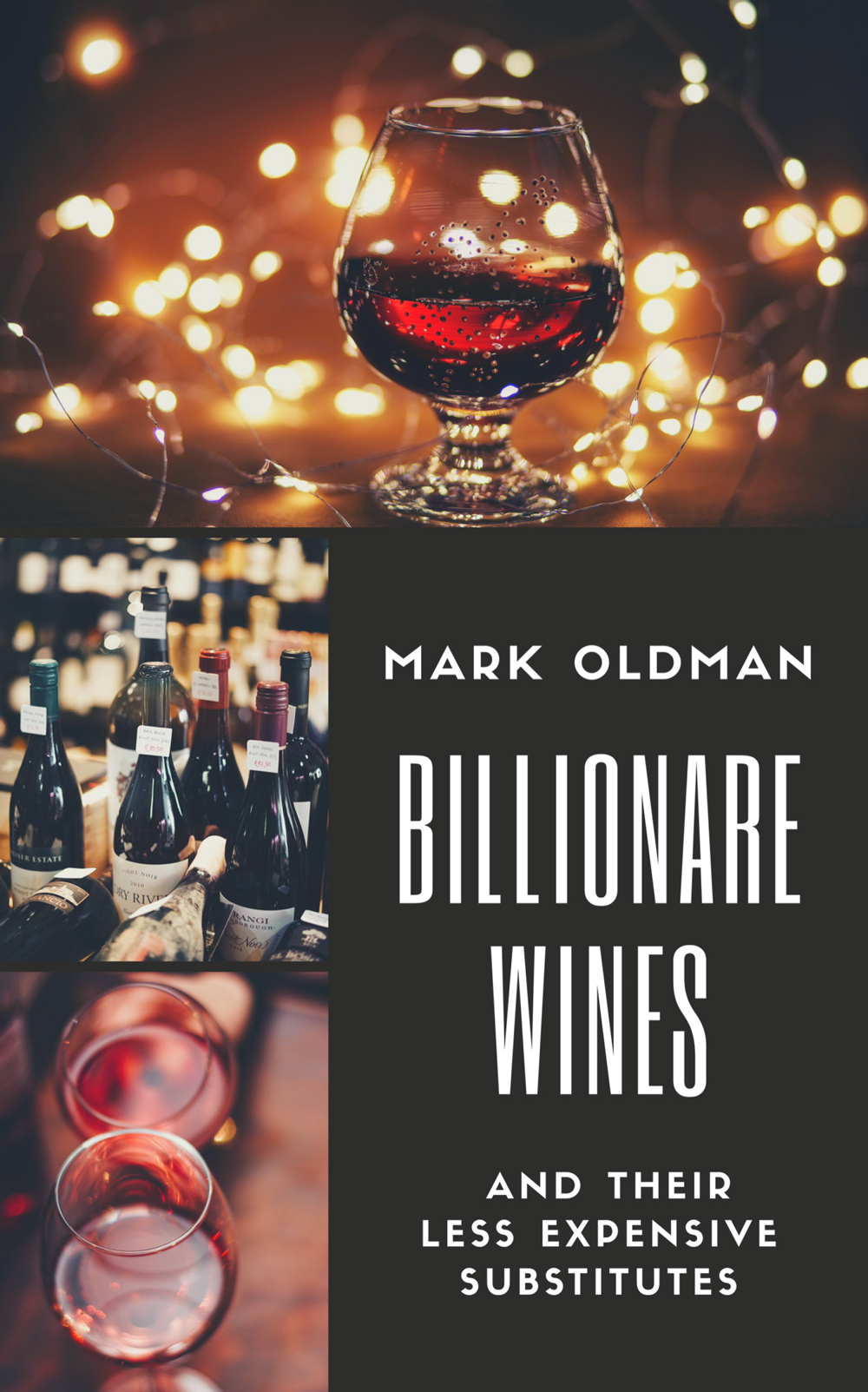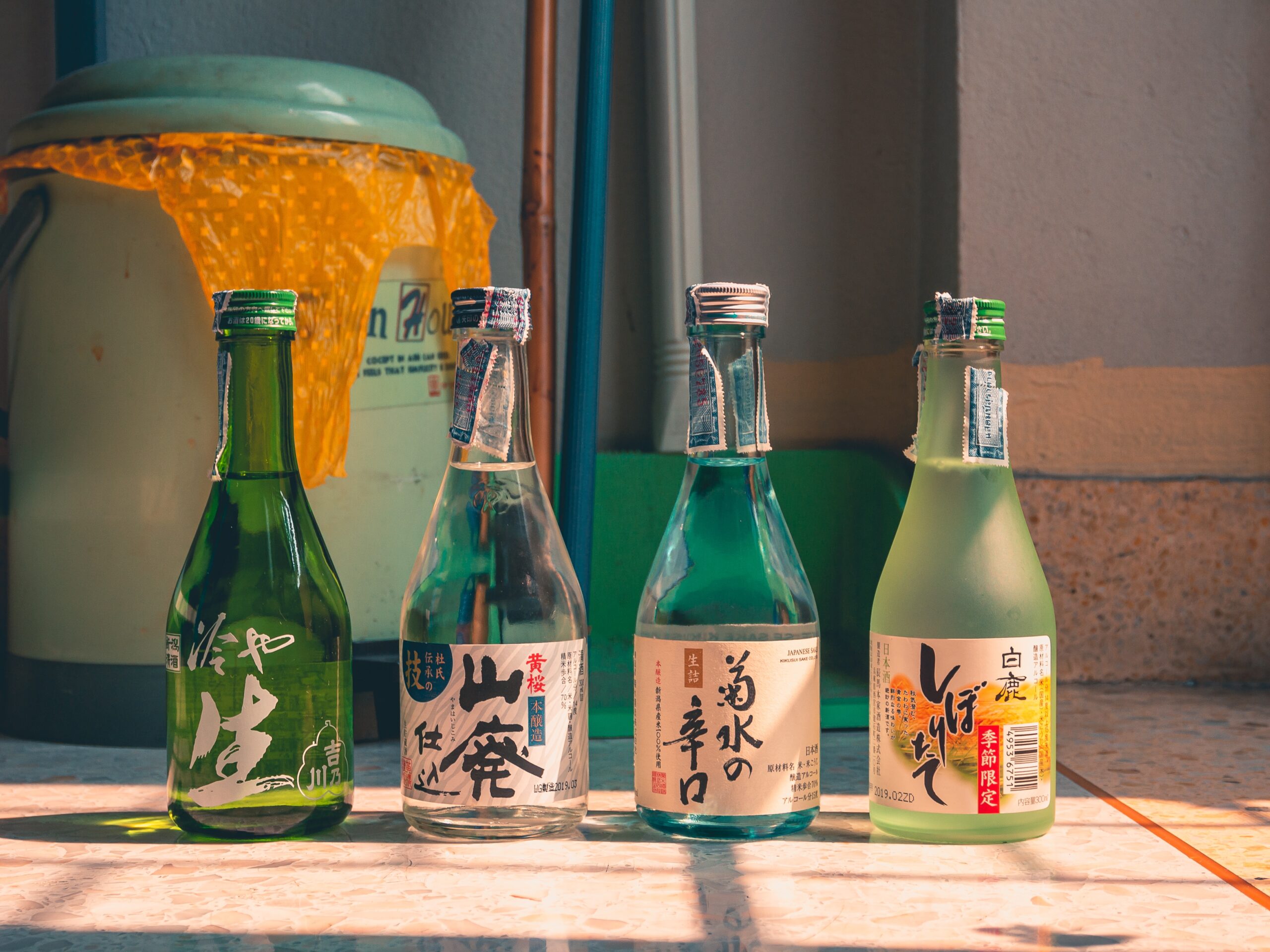
Little-known Nuggets about Sake: The Japanese Rice Wine

Those old enough will remember Japanese sake’s vicissitudes over the past ninety years.
Americans talked about the Japanese rice wine a lot during World War II, but then it was the enemy’s peculiar drink. It experienced a decade of popularity from the late 1950s to 1970, when Japanese culture drew popular interest; this was the era of baby boomers drinking “hot sake” alongside their Tonkatsu, many while on vacation in Hawaii, an early stronghold of Japanese cuisine in the US.
Then sake interest mostly disappeared until the early 1980s, with the advent of sushi restaurants across the US. Mention of “Japanese sake” grew rapidly through the mid 1980s, quickly levelled off, and then took off again around 2011, with a dramatic and unceasing rise, according to Google’s Ngram.
Despite its frequent mention these days, sake has as many intricacies as fine wine, and many find that this non-distilled fermented beverage remains mysterious. Questions about sake abound.
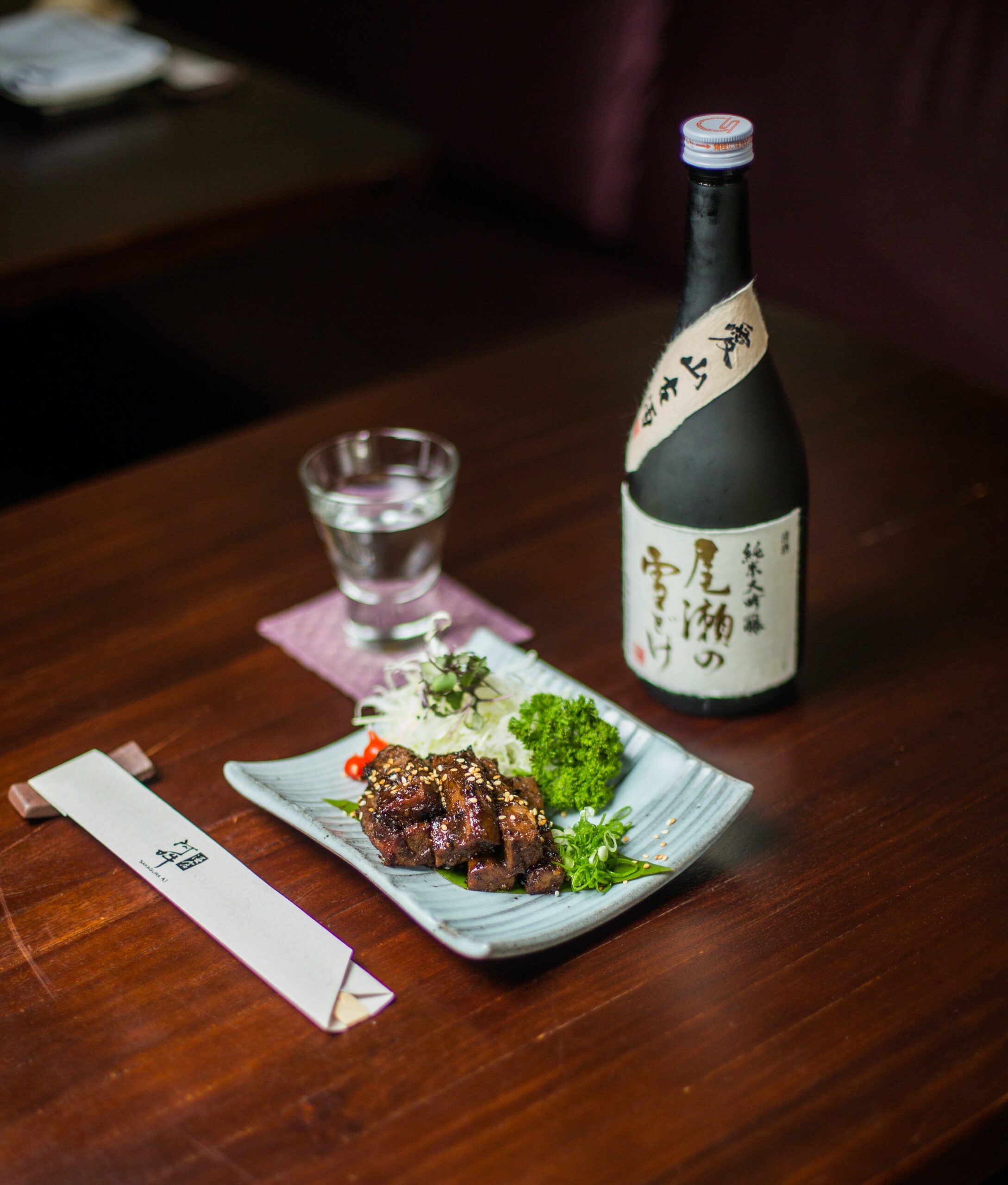
Answering Questions about Sake
What is sake made of?
Just as with wine, a natural fermentation process—where yeast converts sugars to CO2, heat, and alcohol—describes the critical process of making sake; but in this case the thing being fermented is polished rice, with an added culture and the highest quality spring water.
So, basic sake has just three ingredients: water, rice, and the cultured rice called koji.
This steamed rice inoculated with a fungus contains the enzyme that breaks down abundant rice starch into sugar. This sugar then ferments to produce alcohol and express flavor compounds. Koji provides the necessary amino acids, vitamins, and lipids to complete the process.
Just as with winemakers and yeast, the sake makers choice of koji is critical for how the resulting sake will taste. Sake makers are legally required to use only rice koji. More fundamental still are the qualities of the water and the rice, including the rice variety and the level of polishing. Local rice is often used for premium sake.
The polishing removes the bran, exposing the center of the rice kernel. The extent of polishing determines to a large degree what kind of sake will result. The process is called “seimaibuai.”
According to Japanese law, seimaibuai refers to the percentage, in weight, of the milled rice versus its original weight. Seimaibuai determines the sake variety, with the polishing percentage defining categories like honjozo and ginjo sake. More polishing results in a more delicate rice grain, and sake brewers can adjust parameters to achieve a desired flavor, aroma, and quality.
Gluten free?
Given that, we can answer the question, “Is sake gluten free?” Yes, in almost every case for premium sakes, which have names sanctioned by strict Japanese regulations. Premium sakes include the various kinds of Junmai (Junmai Ginjo; Junmai Daiginjo), Honjozo, Ginjo and Daiginjo, Tokubetsu Junmai and Tokubetsu Honjozo. If you stray away from premium sakes, the likelihood of gluten as an ingredient increases.
It should now be clear that although sake is made from just three ingredients, their combination plus the sake maker’s technique and the sake’s origin (think local rice and local spring water) can lead to thousands of combinations, resulting in different styles of sake.
Sake's Finer Qualities
What does sake taste like?
This is like asking what wine tastes like. There is not easy answer.
The sake maker, or brewer, can control to a great extent the sake’s taste, aroma, and residual sugar level. Japan’s numerous regional rice varieties also have different solubility levels that, along with the water and yeast, determine the sake’s flavor characteristics. Different yeasts will produce sweet, fruity, or floral aromas.
When creating a specific kind of sake, brewers also consider polishing percentage of the rice and select the yeast strain, which helps influences the aroma. Likewise, different koji can produce sweet or dry sake. So, is sake sweet? In some cases, yes, but generally no.
The flavor of sake primarily comes from the base rice, which contains the starch and protein that break down into aroma compounds during the brewing process. Proteins in the rice convert to amino acids, that can give sake a distinctive umami taste. As a result, brewers select strains of yeast for aroma properties and pay great attention to koji production, usually performed in-house for higher quality sakes.
The Japanese Sake association says that its “aroma encompasses anything from fruity and floral to nutty and roasted. For example, ginjo, a type of refined sake, usually has a fruity aroma.” By contrast, “aged sake takes on a spicy and roasted fragrance.”
Is sake distilled and how much alcohol is in sake?
Compared with wine, overall alcohol levels in sake are slightly higher, but comparable, about 13% to 17%, averaging about 15%. Sake is not a product of distillation and most sakes contain no added alcohol. A couple of exceptions exist.
Among the Daiginjo sakes, a small amount of distilled brewer’s alcohol may be added to achieve different flavor profiles. Junamai Daiginjo generally features fruitier notes, adding nuanced to the taste. Honjozo is another premium sake where a small amount of brewer’s alcohol is added during primary fermentation to adjust and enhance flavors.
More Nuggets about Sake, the rice wine
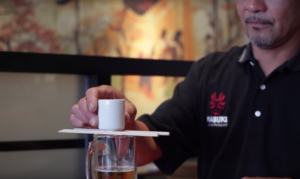
Does sake go bad once opened?
Sake’s favorable taste and aroma qualities will endure much longer than wine, if kept refrigerated. No one recommends keeping an open bottle for more than a couple of months. As with wine, the sooner your drink the sake after opening a bottle, the more the nuanced flavors and aromas will still be present.
Finally, the big question,
What is a sake bomb?
Long popular in Japan’s bars, the sake bomb has recently become an international sensation. The sake bomb is also called the “sake bomber.” This beer cocktail involves a ritual encompassing a shot glass of sake dropped it into a glass of beer. But it’s not that simple. The Sake International Association specifies that “two chopsticks are placed parallel on top of the glass of beer, and the shot glass is carefully balanced between them.” You then have to slam the table with your fists, “causing the sake glass to fall into the beer.” Loudly declaring, “KANPAI!” before drinking is obligatory.

